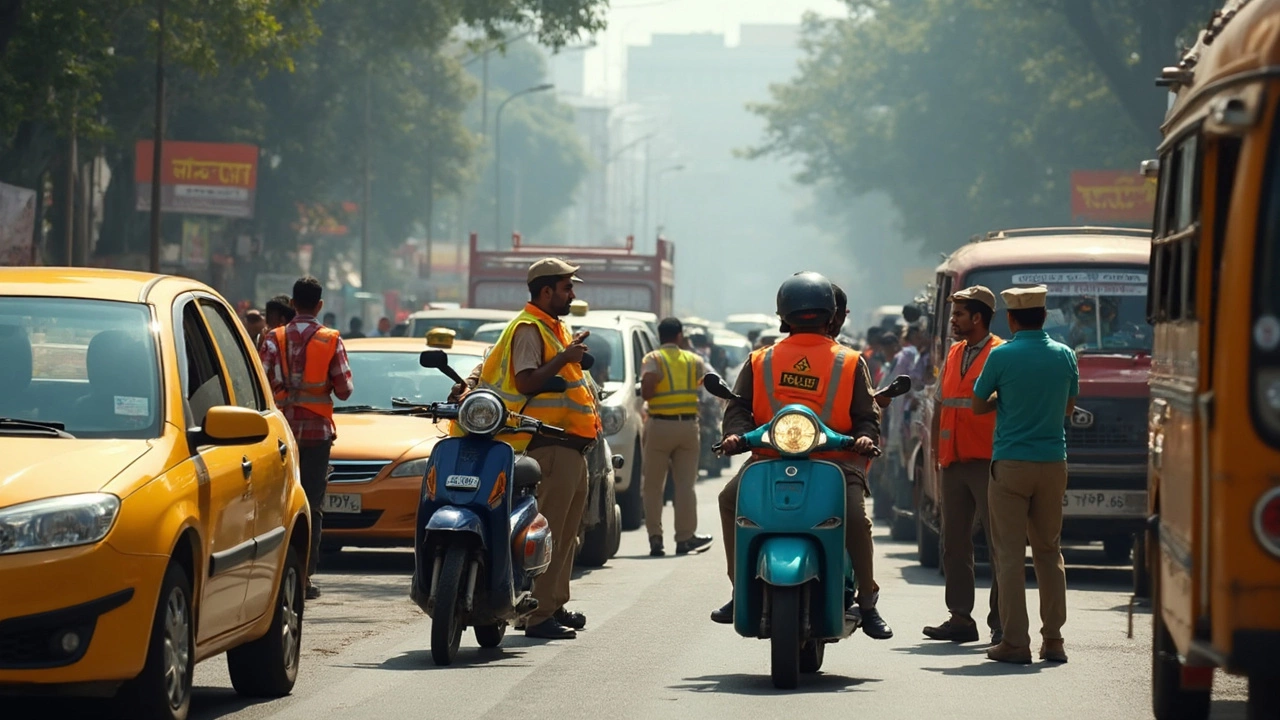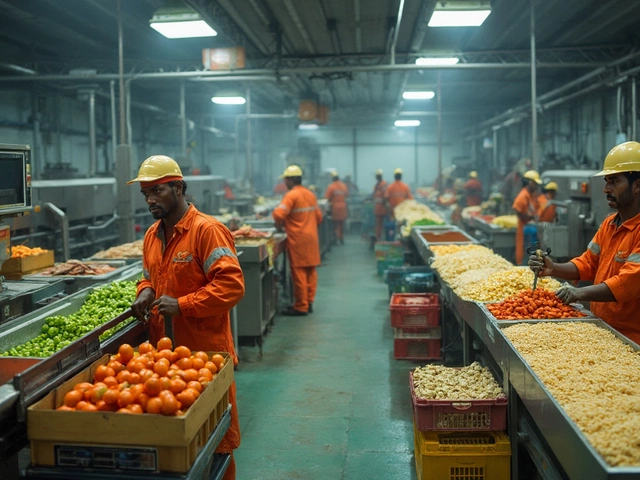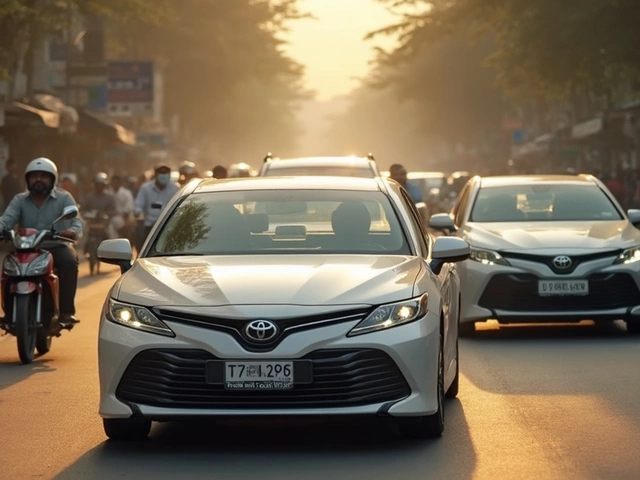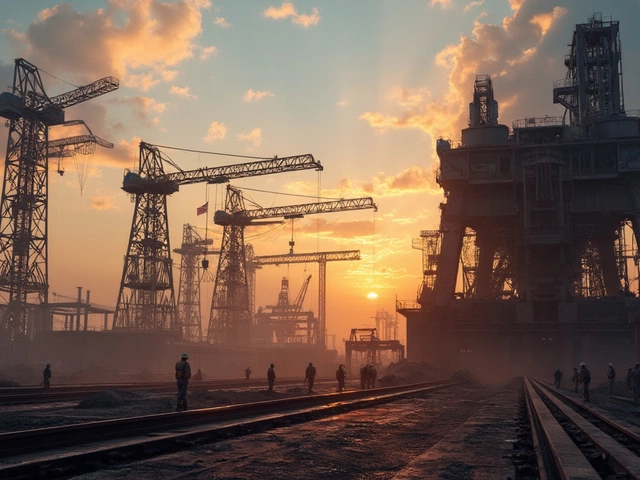Engine Emission Norms India: What You Need to Know
When navigating Engine Emission Norms India, the set of regulations that limit pollutants from vehicle engines across India. Also known as Bharat Stage standards, these rules shape everything from a two‑wheeler’s exhaust pipe to a heavy‑duty truck’s fuel system. Understanding them helps you see why manufacturers redesign engines, why testing labs buzz, and how everyday drivers feel the difference. Below, we break down the key pieces so the list of articles that follows feels instantly useful.
Why the standards matter for every stakeholder
Bharat Stage standards, a tiered set of emission limits modeled after European norms have evolved from BS‑I in the early 2000s to BS‑VI today. Each jump forces tighter caps on carbon monoxide, hydrocarbons, nitrogen oxides and particulate matter. Engine emission norms India encompass these Bharat Stage levels, so when the government announces BS‑VI, the whole industry must adapt. The shift isn’t just paperwork; it requires new catalyst technologies, refined fuel injection, and extensive lab verification.
For Automobile manufacturers, companies that design and build cars, trucks and two‑wheelers compliance means re‑engineering powertrains, investing in after‑treatment systems and updating supply chains. The rule‑book demands that every new model undergos certified test cycles, and failure to meet the limits can halt sales across the country. This pressure drives innovation, but also adds cost – a reality reflected in the price tags you see on showrooms.
Enter Electric vehicles, road‑ready cars powered solely by electric motors. Because EVs produce zero tailpipe emissions, they sidestep many of the limits imposed by Bharat Stage rules. As the government pushes for lower‑carbon mobility, EV adoption accelerates, giving manufacturers a cleaner path to meet the standards without the expensive exhaust after‑treatment hardware. The rise of EVs is therefore both a compliance shortcut and a strategic shift for the industry.
The testing side can’t be ignored. Certified testing facilities provide the data needed for regulatory compliance, running vehicles through standardized driving cycles on dynamometers. These labs generate the emission certificates that prove a model meets BS‑VI or any future step. Without reliable test results, manufacturers can’t register new models, and consumers can’t trust that vehicles meet the promised standards.
Regulatory bodies like the Ministry of Road Transport and Highways and the Central Pollution Control Board set the roadmap, issuing timelines, penalties and incentives. Their policies dictate not only what pollutants are limited but also how manufacturers report data, manage recalls, and even how fuel quality evolves to support cleaner combustion.
From the driver’s perspective, stricter norms translate into better air quality in cities, lower health risks, and often improved fuel efficiency thanks to smarter engine management. When a you‑drive‑a‑car that meets BS‑VI, you’re breathing cleaner air in Delhi, Mumbai or any bustling Indian town.
Looking ahead, the government hints at even tighter limits beyond BS‑VI, aiming for a future where low‑emission technologies become the norm rather than the exception. This trajectory means manufacturers must stay agile, invest in research, and keep an eye on global trends.
Now that you’ve got the big picture – the standards, the players, the tech and the future – the articles below dive deeper into each angle. From supplier networks to the impact on specific sectors, you’ll find the insights you need to understand how engine emission norms India shape the whole ecosystem.

Find out which engines are banned in India, what fuel types are restricted, and the effects of new emission norms on vehicles and drivers. (Read More)








